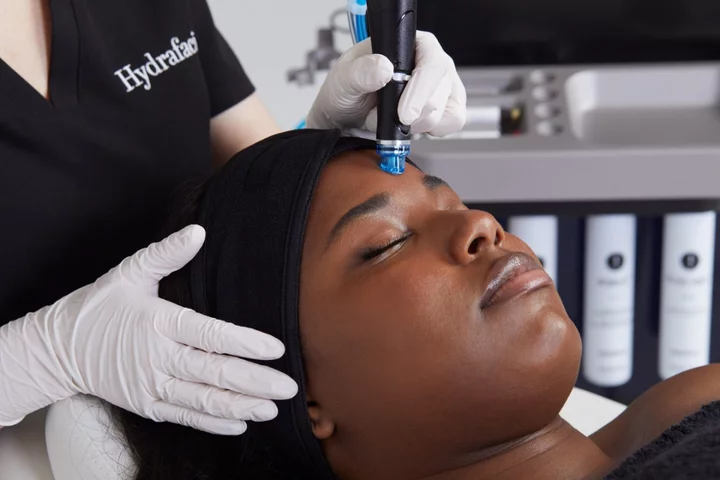
How to pick the best facial according to your age range
If you’re a dedicated skincare junkie, you might be thinking about how you can get that glow beyond your night-time skincare routine. Facials can be an appealing way of targeting any concerns you might have and giving your skin a bit of professional care. But they’re undoubtedly expensive, and generally more of an investment than buying a pot of moisturiser. Naturally, you want to spend your money as wisely as possible – and if you do have the extra funds for a facial, you don’t want to waste it. So, what’s the best type of facial to get for your age group? In your twenties “Facials and skincare choices in your twenties should be preventative; aiming to optimise your skin’s health and supercharging collagen and elastin levels,” says Dr Thuha Jabbar, aesthetic doctor and founder of Almas Dental. “Hydrafacials are a great, non-invasive skin boosting treatment that deep cleanse the skin, brighten and reduce fine lines. Chemical peels and other non-invasive facial treatments are also great to improve skin tone and keep breakouts at bay.” Dr Sophie Shotter is also a fan of Hydrafacials (which start from £125 depending on clinic and location – available in over 1,300 UK and Ireland providers). They provide a deep clean, followed by extracting any impurities then moisturising the skin. Shotter says they can “help to give the skin a deep clean, minimising the risk of breakouts. LED [light therapy facials] is also an excellent choice. Many facialists will combine techniques for best results.” Dr Radmila Lukian, dermatologist at the Lucia Clinic, recommends microdermabrasion for people in their twenties – a process where fine crystals and a vacuum are used to remove dead skin cells. She says it’s “a great treatment for brightening dull skin and reducing pigmentation. Perfect for young adults.” In your thirties When you hit your thirties, this is the time when Shotter recommends “starting to think about upping the ante” with your skincare. She recommends facials which incorporate microneedling – a process where small needles pierce the top layer of your skin. “We often start to notice the early signs of ageing, as collagen loss kicks in through our thirties, and these treatments can help to stimulate collagen production leading to significant improvements in skin texture,” Shotter says. Lukian recommends a facial that incorporates dermaplaning – where a scalpel removes hair and dead layers of skin – which she says can help “combat free radical damage, stimulate collagen and improve skin texture”. In your forties When you reach your 40s, Lukian suggests LED light therapy and laser skin resurfacing treatments, as they “become more relevant to target wrinkles, stimulate collagen and improve skin elasticity”. She adds: “Laser skin resurfacing uses targeted laser energy to promote collagen production – revealing healthier, younger-looking skin.” Kim Kardashian, 42, is a fan of laser facials, and often posts about her treatments on Instagram. Jabbar adds: “Your forties are a great time to try laser treatments, to reduce the visibility of wrinkles and boost the overall health and appearance of your skin. From laser skin resurfacing treatments to IPL [intense pulsed light] facials that reduce hyperpigmentation and sun spots, lasers are a versatile and non-invasive option which can restore a youthful glow to your skin.” In your fifties and beyond “In your fifties and beyond, keeping focused on collagen stimulation with similar approaches to our forties certainly helps a lot,” says Shotter. “But in our fifties, we often start to notice many more visible signs of ageing, including pigmentation and skin wrinkling (elastosis). Using deeper chemical peels or resurfacing laser techniques, which may carry a little downtime, but are worthwhile for the results.” For this age range, she says skin hydration “is also often a higher concern than in younger years”, so hydrating facials are an excellent choice too. While Hydrafacials are great in your twenties, they’re equally beneficial in your fifties and beyond – singer and actor Jennifer Lopez, 54, recently collaborated with the brand for her own ‘JLo Beauty Booster’ that can come as part of the treatment. Read More Charity boss speaks out over ‘traumatic’ encounter with royal aide Ukraine war’s heaviest fight rages in east - follow live What is the TikTok ‘carnivore diet’ trend and is it actually good for you? How to save money on your summer barbecue as prices soar Exercise and yoga can help improve lung function in adults with asthma – study
2023-08-11 16:51
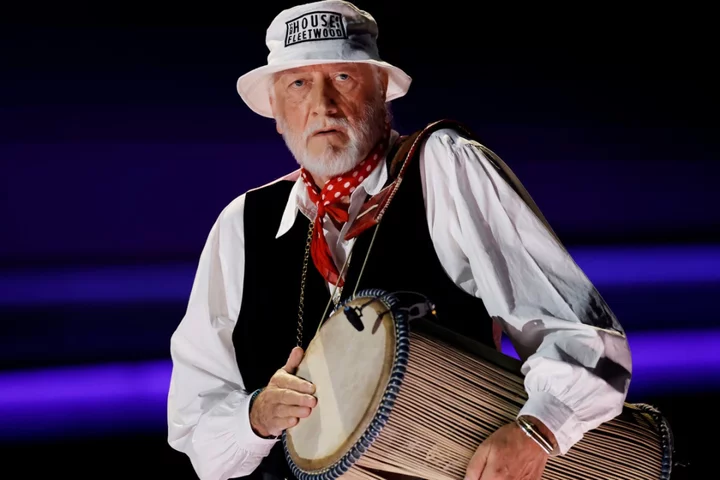
Mick Fleetwood says his Hawaii restaurant was ‘lost’ in devastating Maui wildfires
Mick Fleetwood has confirmed that his restaurant in Hawaii has been burnt down by the ongoing deadly wildfires in Maui. The Fleetwood Mac co-founder, 76, wrote in a post on X, the social media platform formerly known as Twitter, that Fleetwood’s on Front Street “has been lost” as the fires rip through the historic town of Lahaina on the island. At least 55 people have died in the disaster, alongside more than 1,700 buildings and billions of dollars in property that have been destroyed. More than 14,000 people have been evacuated from Maui as of Wednesday. In his post, Fleetwood wrote: “Maui and the Lahaina community have been my home for several decades. This is a devastating moment for Maui, and many are suffering unimaginable loss. “Fleetwood’s on Front Street has been lost and while we are heartbroken, our main priority is the safety of our dear staff and team members. On behalf of myself and my family, I share my heartfelt thoughts and prayers for the people of Maui. “We are committed to supporting the community and those affected by this disaster in the days and months and years to come,” he added. Fleetwood opened his fine dining restaurant in 2012, featuring live entertainment and a rooftop area for customers to enjoy. The restaurant’s official Instagram account also shared a post, which read: “We do not have enough information at this time regarding Fleetwood’s on Front Street or any of our neighbours to share. Mahalo for your continued thoughts and prayers for our ohana, community and our first responders.” The wildfires began on Tuesday and have worsened throughout the week as a faraway hurricane fanned the flames, causing them to spread quickly. Governor Josh Green of Hawaii told a news conference on Thursday (10 August): “The full extent of the destruction of Lahaina will shock you. It does appear that a bomb went off.” US president Joe Biden issued a major disaster declaration and has ordered Federal aid to help local recovery efforts in the affected areas. He added in a White House statement: “Jill and I send our deepest condolences to the families of those who lost loved ones in the wildfires in Maui, and our prayers are with those who have seen their homes, businesses and communities destroyed. “We are grateful to the brave firefighters and first responders who continue to run toward danger, putting themselves in harm’s way to save lives.” A number of celebrities have also sent the people of Maui their well-wishes and have shared ways fans can help. Jason Momoa, who is Hawaiian, shared a post on Instagram to inform fans where they can donate to help with rescue efforts. He wrote: “We are devastated and heartbroken for our friends and ohana on Maui who [have] been impacted by the recent wildfires.” Bette Midler tweeted this week: “The beautiful island of Maui, in the most beautiful state in the union, is suffering. My family and I send our deepest and most profound sympathies to everyone who has lost anything or everything in the Maui fires.” Former US president Barack Obama has also spoken out and said in an Instagram Story: “It’s tough to see some of the images coming out of Hawaii – a place that’s special to so many of us. Michelle and I are thinking of everyone who has lost a loved one, or whose life has been turned upside down.” Read More Maui fires – live: Wildfires death toll climbs to 55 with 1,000 people still missing on Hawaii island ‘Heartbroken’ Aquaman star Jason Momoa reacts to ‘apocalyptic’ Maui wildfires Woman says her life was ‘blown up’ by viral plane rant where she called passenger ‘not real’ How to save money on your summer barbecue as prices soar Madeira: an unparalleled gastro heaven Europeans slam American for saying it’s ‘weird how’ French people butter sandwiches
2023-08-11 16:51
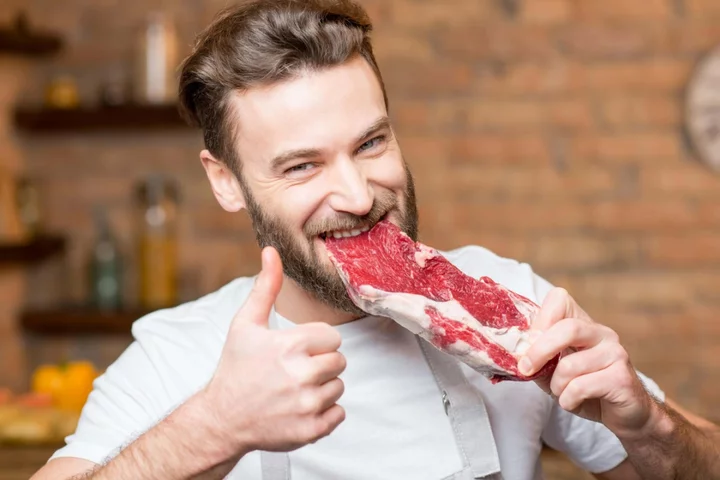
What is the TikTok ‘carnivore diet’ trend and is it actually good for you?
When it comes to weird diets, TikTok is pretty notorious for spreading the word about them – and the latest iteration, the carnivore diet, is no different. The carnivore diet tag on the video-sharing platform has over a billion views, with followers of the diet dedicating themselves to meals consisting of a lot of meat (both cooked and raw), eggs and lumps of butter. With some content creators reporting immense fat loss and improved general wellbeing, how healthy is the carnivore diet? The pros “The carnivore diet, also known as the all-meat diet or zero-carb diet, is a dietary approach that involves consuming only animal products and excludes all plant-based foods,” says Dr Simon Theobalds, GP at Pall Mall Medical. Comparable to the no-carb, protein-heavy keto diet, it has the potential to boost some much-needed macronutrients, vitamins and minerals in your diet. “Red meat is a rich source of complete protein, providing all the essential amino acids the body needs for various functions, including building and repairing tissues,” says Theobalds. It can also boost iron levels: “Red meat is one of the best dietary sources of heme iron, which is more easily absorbed by the body compared to non-heme iron found in plant-based foods,” he says. “Iron is essential for transporting oxygen in the blood and supporting energy metabolism. “Red meat is also an excellent source of vitamin B12, a nutrient mainly found in animal products. Vitamin B12 is essential for nerve function, DNA synthesis, and the formation of red blood cells.” And it’s a good source of zinc, a mineral Theobalds says plays a vital role in immune function, wound healing, and cellular growth and repair.The cons So far, so good. But, where does it start to be damaging? “Red meat, particularly fatty cuts, can be high in saturated fat and cholesterol,” says Theobalds. “Consuming large amounts of saturated fat and cholesterol has been associated with an increased risk of heart disease and stroke.” Similarly, processed meats, such as bacon, sausages, hot dogs, and deli meats, have been classified as Group 1 carcinogens by the International Agency for Research on Cancer (IARC). “This means there is strong evidence linking processed meat consumption to an increased risk of cancer,” he adds. It could also mean when you get sick, it’s harder to get well again, as it may encourage antibiotic resistance. “In many countries, livestock may be treated with antibiotics to promote growth or prevent disease,” Theobalds notes. “The overuse of antibiotics in meat production can contribute to antibiotic resistance, making it harder to treat bacterial infections in humans.” Despite the nutrients you can get from animal products, this diet could still lead to certain deficiencies. “Meat lacks essential nutrients found in plant-based foods, such as dietary fibre, certain vitamins like vitamin C, and minerals such as potassium. Long-term consumption of only meat can lead to nutrient deficiencies and related health problems,” he adds. A varied diet will also promote a healthier gut. “Aiming to incorporate 30 different plants into your diet each week is a great goal to have in mind,” says Anna Tebbs, registered nutritionist and head chef at Green Chef. “Having a range of plants in your diet will ensure you are fuelling the different gut microbiomes in your body. A plant-based diet tends to be higher in prebiotics, which gives the good bacteria in your gut extra fuel, and has an anti-inflammatory effect.” Is it worth it? With so many people posting about and adopting this diet, is it worth the risks for the benefits it promises? “While consuming meat can provide important nutrients, relying solely on a diet of meat and excluding other food groups may pose several risks,” says Theobalds. “A balanced diet provides essential nutrients, supports overall health, and reduces the risk of nutritional deficiencies and associated health problems. Before making any significant dietary changes, especially one as restrictive as an all-meat diet, it’s essential to consult with a registered dietitian or healthcare professional. They can help assess your nutritional needs, provide personalised guidance, and help you develop a balanced and sustainable eating plan that aligns with your health goals. Read More Charity boss speaks out over ‘traumatic’ encounter with royal aide Ukraine war’s heaviest fight rages in east - follow live How to save money on your summer barbecue as prices soar Exercise and yoga can help improve lung function in adults with asthma – study 7 ways to ease back-to-school worries
2023-08-11 16:50
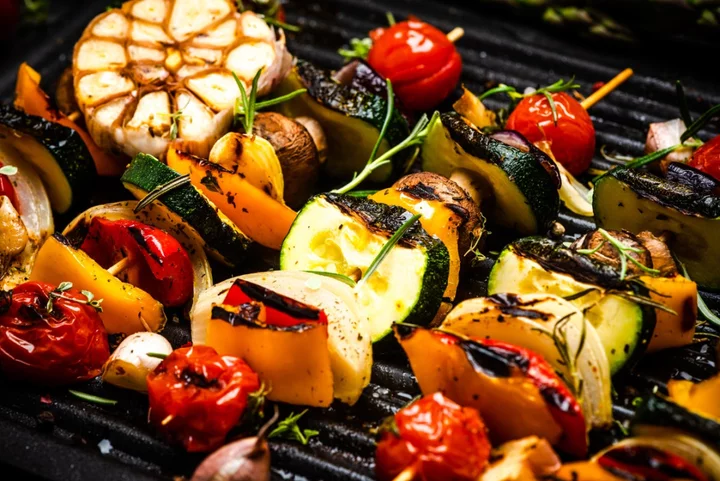
How to save money on your summer barbecue – as prices jump up from last year
Rising living costs are having a wide-ranging impact on our everyday lives, including when it comes to summer barbecues. In fact, the cost of food and drink for a typical summer barbecue in the UK could be around £10 more than last year, according to new calculations by Canada Life. The financial services provider, which used Office for National Statistics (ONS) figures to make the calculations, has put the cost of a typical barbecue at around £90, up from around £80 last summer. Of course, the actual cost will vary depending on exactly what you buy and how many people you’re catering for. In its basket of barbecue goods, Canada Life piled in products such as beef burgers, pork sausages, baking potatoes, chicken, meat-free sausages, veggie burgers, bread rolls, mayonnaise, cheese, salad ingredients, crisps, fizzy drink and alcoholic beverages. How can you keep barbecue costs down? If you’re keen to make the most of summer barbecue opportunities, but conscious of your budget too, Canada Life also has some tips. Spokesperson Shelley Greenwood suggests: “If you’re hosting more than once this summer, don’t throw out the charcoal after one use. Make sure you put out the fire safely and keep what is left in the barbecue for next time. Simply top up with new charcoal as needed.” Greenwood also suggests using price comparison apps such as Trolley to compare prices of items on your shopping list. “Then place your order through a cashback site to save even more,” she adds. She also suggests checking out apps for food in your local area that is being sold cheaply or perhaps even given away. For example, the Too Good to Go app allows people to search for bags of food being sold cheaply at places such as grocery stores, restaurants and cafes that might otherwise be destined to go to waste. Food sharing app Olio also helps stop surplus food going to waste, with users posting pictures of giveaways, including food and other items. Greenwood also suggests looking out for “yellow sticker” food items, which have been marked down in the supermarket, like cuts of meat or fish. Check these can be frozen and, if so, freeze them the same day and “simply defrost according to instructions ahead of your barbecue”, adds Greenwood. Also, rather than buying side dishes, go through your cupboards and fridge to see what ingredients could be transformed. Perhaps you could make your own pasta salad, or roast some tomatoes while you’re cooking something else, to create side dishes. You could also ask party guests to bring along a few sides to help share the costs. And if your priorities are more about having a summer gathering than firing up a barbecue, you could also consider by-passing the barbecue altogether and preparing food in your air fryer or slow cooker instead. Greenwood adds: “This way, you’re not reliant on the weather either.” Read More What I lost (and gained) by walking 10,000 steps each day for 5 months Woman says her life was ‘blown up’ by viral plane rant where she called passenger ‘not real’ How to save money in the kitchen according to top chefs Charity boss speaks out over ‘traumatic’ encounter with royal aide Ukraine war’s heaviest fight rages in east - follow live
2023-08-11 16:19
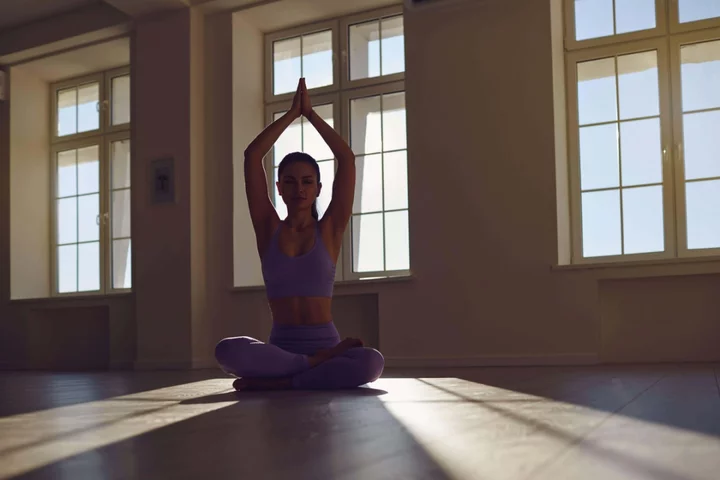
Exercise and yoga can help improve lung function in adults with asthma – study
Yoga and breathing control, in combination with aerobic training, can help improve lung function in adults with asthma, a new study suggests. The findings highlight the importance of integrating appropriate exercise training into asthma management plans, researchers say. The study indicates how specific types of exercise training can be effective in enhancing lung function for adults with the condition. Lead author Shuangtao Xing, an associate professor at the School of Physical Education at Henan Normal University in China, said: “Breathing training combined with aerobic training, and yoga training, appear to be particularly advantageous – offering potential avenues for effective treatment approaches. These findings should provide valuable insight for healthcare professionals prescribing exercise training for the management of adult asthma patients Shuangtao Xing, Henan Normal University “Larger, well-designed randomised controlled trials are now needed to more accurately estimate the benefits of exercise training for individuals with asthma. “These findings should provide valuable insight for healthcare professionals prescribing exercise training for the management of adult asthma patients. “However, it is essential to consider individual factors, such as family history, duration of the condition, and environmental influences, when designing exercise rehabilitation programmes. “Tailoring interventions to individual physical and mental health conditions, with careful consideration of exercise intensity, frequency and duration, is important for optimising treatment outcomes.” Asthma is a chronic lung condition that affects around 339 million people worldwide, causing symptoms such as coughing, wheezing, shortness of breath and chest tightness. The National Institute for Health and Care Excellence (Nice) states that in the UK, more than eight million people, or approximately 12% of the population, have been diagnosed with asthma. However, some may have grown out of the condition, and around 5.4 million people are receiving asthma treatment. In the past, exercise was considered a potential risk factor for people with the condition, as it was believed to trigger or worsen acute asthma attacks. However, recent studies have revealed that exercise training can actually enhance lung function and exercise capacity in adult patients. To address challenges posed by variations in the specific exercises featured in research, researchers compared results from multiple treatments across 28 studies, including 2,155 patients. They examined the effects of breathing training, aerobic training – which increases the rate at which oxygen inhaled is passed on from the lungs and heart to the bloodstream – relaxation training, yoga training, and breathing combined with aerobic training, on lung function. All five types of exercise demonstrated greater effectiveness in improving lung function, the study found. Specifically, the researchers found that breathing training, aerobic training, relaxation training, yoga training, and breathing combined with aerobic training, led to improvements in the amount of air that a person could force out of their lungs in one second (FEV1), and the levels of air flowing out of the lungs (PEF). Aerobic training, breathing training, yoga training and breathing combined with aerobic training, improved the level of the amount of air that could be forcibly exhaled from the lungs after the deepest breath possible was taken (FVC). Breathing training, aerobic training and yoga training improved the FEV1/FVC ratio, the study published in the Annals of Medicine journal found. The researchers highlight that the majority of patients in the study were under 60 years of age, so exercise interventions may yield different responses in older people. Read More Charity boss speaks out over ‘traumatic’ encounter with royal aide Ukraine war’s heaviest fight rages in east - follow live 7 ways to ease back-to-school worries What is the best type of facial for your age range? King Charles reshuffles military roles with new duties for William and Kate
2023-08-11 15:55
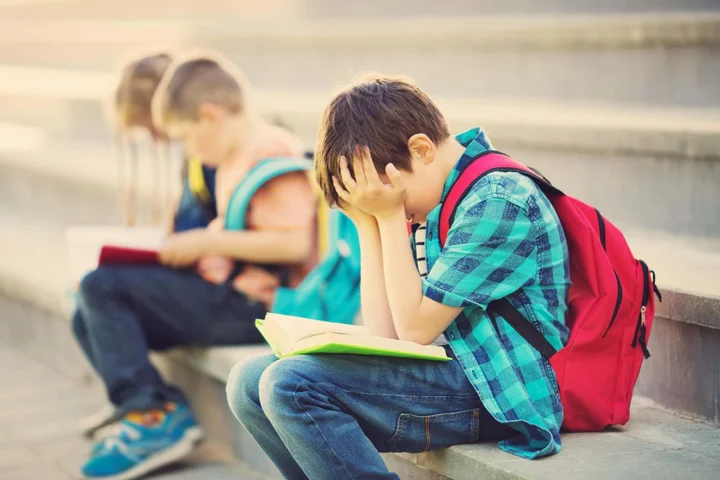
7 ways to ease back-to-school worries
School should be the best years of children’s lives – but, as the new term approaches, evidence suggests it’s actually the most worrying time for many kids. The children’s helpline Childline delivered 7,772 counselling sessions about school/education worries last year, with a big increase in calls in the run-up to the start of the new school year. “School is a huge part of a child’s life, so it’s important they feel happy and secure there,” says Childline director Shaun Friel. “We know some children can feel anxious and apprehensive about going back to school, particularly after spending a lot of time away from the classroom due to the summer break. “In fact, our Childline counsellors see a spike in the number of counselling sessions they deliver to children about school worries following the summer holiday season.” Friel says some children feel worried about making friends, getting lost, or the workload at a new school, while others may have concerns about returning to their current school due to friendship issues, fears about upcoming exams, or the recurrence of bullying. “However a child feels about returning to school, we want to remind them that these worries are normal and they aren’t alone,” he stresses. “If any child is feeling apprehensive about going back to school, our trained counsellors are here 24/7 over the phone and online.” As well as counselling, Friel says there are many things both parents and children can do to ease back-to-school anxieties. They include… 1. Writing feelings down Parents can get their child to write down everything they’re looking forward to at school, and everything they’re worried about. “Encourage them to show you the list so you can chat through their concerns, help them cope with their worries and also look at the positives,” suggests Friel. 2. Listening to their concerns If your child has concerns about going back to school, take time to listen to what they’re saying before you jump in to give advice or your opinion, Friel advises: “You could try repeating back what they’ve shared to check you’ve understood their feelings correctly – this will help them to feel really heard.” 3. Discussing practical solutions Once your child has shared any concerns or anxieties about going back to school, you could try talking through some practical solutions, suggest Friel. So, for example, if they’re worried about the amount of homework they’ll have, you could discuss how to break this down each evening and what they could do if they start to feel overwhelmed, like talking to their teacher or you. “You could start by asking them what they think might help them feel better about the situations that worry them,” says Friel. “This can encourage them to learn to think for themselves and feel in more control of the situation.” 4. Reminding them to take their time Remind your child it can take time to adjust to being back at school, and it’s okay if it doesn’t feel comfortable at first, says Friel. “Being back at school will mean a totally different routine, and it’s important to remember that this can take some getting used to,” he stresses. 5. Doing things they enjoy When kids are back at school, making time every day to do something they enjoy can really help to ease anxiety, says Friel. “Whether it’s time in their evening with friends, reading a book or hanging out with their siblings, it’s important to take time out,” he advises. 6. Talking to a trusted adult It’s important children are aware they can and should talk to a safe adult – perhaps a parent, carer, teacher, sibling over the age of 18 or a Childline counsellor – about anything. “No matter what the reason, if a young person is struggling ahead of going back to school, it’s vital they’re encouraged to talk to a safe adult about it,” stresses Friel. “Sharing their feelings with someone they trust will help them feel less alone with their worries, and that adult will be able to support them with this moving forward.” 7. Distracting themselves If children or young people make an effort to keep busy doing something they enjoy, such as playing football or listening to music, this could distract them from their worries, at least for a little while, says Friel. Staying connected with friends and family, whether that be online or in person, or doing some physical activity like going for a walk or taking part in a sport, can also be a good distraction technique. Young people can contact Childline, which is run by the NSPCC and supported by the People’s Postcode Lottery, on 0800 1111 or via 1-2-1 chat on Childline.org.uk Read More Charity boss speaks out over ‘traumatic’ encounter with royal aide Ukraine war’s heaviest fight rages in east - follow live What is the best type of facial for your age range? King Charles reshuffles military roles with new duties for William and Kate Government urged to remove VAT from period pants
2023-08-11 15:46
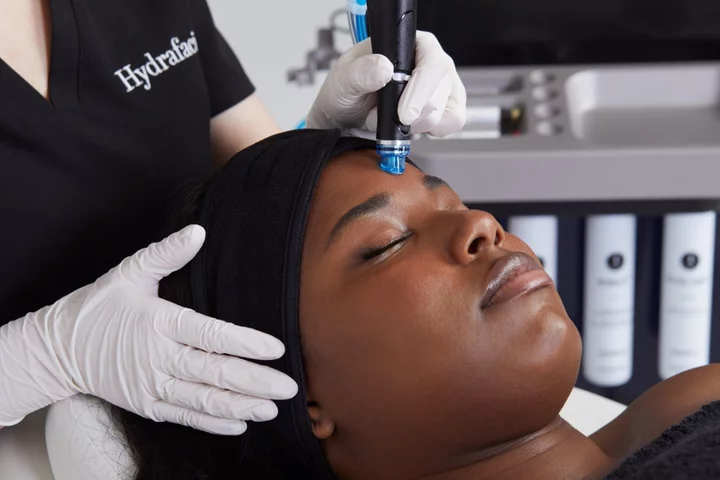
What is the best type of facial for your age range?
If you’re a dedicated skincare junkie, you might be thinking about how you can get that glow beyond your night-time skincare routine. Facials can be an appealing way of targeting any concerns you might have and giving your skin a bit of professional care. But they’re undoubtedly expensive, and generally more of an investment than buying a pot of moisturiser. Naturally, you want to spend your money as wisely as possible – and if you do have the extra funds for a facial, you don’t want to waste it. So, what’s the best type of facial to get for your age group? In your 20s “Facials and skincare choices in your 20s should be preventative; aiming to optimise your skin’s health and supercharging collagen and elastin levels,” says Dr Thuha Jabbar, aesthetic doctor and founder of Almas Dental. “Hydrafacials are a great, non-invasive skin boosting treatment that deep cleanse the skin, brighten and reduce fine lines. Chemical peels and other non-invasive facial treatments are also great to improve skin tone and keep breakouts at bay.” Dr Sophie Shotter is also a fan of Hydrafacials (which start from £125 depending on clinic and location – available in over 1,300 UK and Ireland providers). They provide a deep clean, followed by extracting any impurities then moisturising the skin. Shotter says they can “help to give the skin a deep clean, minimising the risk of breakouts. LED [light therapy facials] is also an excellent choice. Many facialists will combine techniques for best results.” Dr Radmila Lukian, dermatologist at the Lucia Clinic, recommends microdermabrasion for people in their 20s – a process where fine crystals and a vacuum are used to remove dead skin cells. She says it’s “a great treatment for brightening dull skin and reducing pigmentation. Perfect for young adults.” In your 30s When you hit your 30s, this is the time when Shotter recommends “starting to think about upping the ante” with your skincare. She recommends facials which incorporate microneedling – a process where small needles pierce the top layer of your skin. “We often start to notice the early signs of ageing, as collagen loss kicks in through our 30s, and these treatments can help to stimulate collagen production leading to significant improvements in skin texture,” Shotter says. Lukian recommends a facial that incorporates dermaplaning – where a scalpel removes hair and dead layers of skin – which she says can help “combat free radical damage, stimulate collagen and improve skin texture”. In your 40s When you reach your 40s, Lukian suggests LED light therapy and laser skin resurfacing treatments, as they “become more relevant to target wrinkles, stimulate collagen and improve skin elasticity”. She adds: “Laser skin resurfacing uses targeted laser energy to promote collagen production – revealing healthier, younger-looking skin.” Kim Kardashian, 42, is a fan of laser facials, and often posts about her treatments on Instagram. Jabbar adds: “Your 40s is a great time to try laser treatments, to reduce the visibility of wrinkles and boost the overall health and appearance of your skin. From laser skin resurfacing treatments to IPL [intense pulsed light] facials that reduce hyperpigmentation and sun spots, lasers are a versatile and non-invasive option which can restore a youthful glow to your skin.” In your 50s and beyond “In your 50s and beyond, keeping focused on collagen stimulation with similar approaches to our 40s certainly helps a lot,” says Shotter. “But in our 50s, we often start to notice many more visible signs of ageing, including pigmentation and skin wrinkling (elastosis). Using deeper chemical peels or resurfacing laser techniques, which may carry a little downtime, but are worthwhile for the results.” For this age range, she says skin hydration “is also often a higher concern than in younger years”, so hydrating facials are an excellent choice too. While Hydrafacials are great in your 20s, they’re equally beneficial in your 50s and beyond – singer and actor Jennifer Lopez, 54, recently collaborated with the brand for her own ‘JLo Beauty Booster’ that can come as part of the treatment.
2023-08-11 15:20

What to stream this weekend: Gal Gadot, 'Red, White & Royal Blue' and 'Only Murders in the Building'
This week’s new entertainment releases include Gal Gadot in the international espionage thriller “Heart of Stone,” the return of the comedy “Only Murders in the Building” on Hulu and “Painkiller,” a new Netflix limited series detailing the rise of opioid use in the United States from various perspectives
2023-08-11 12:47
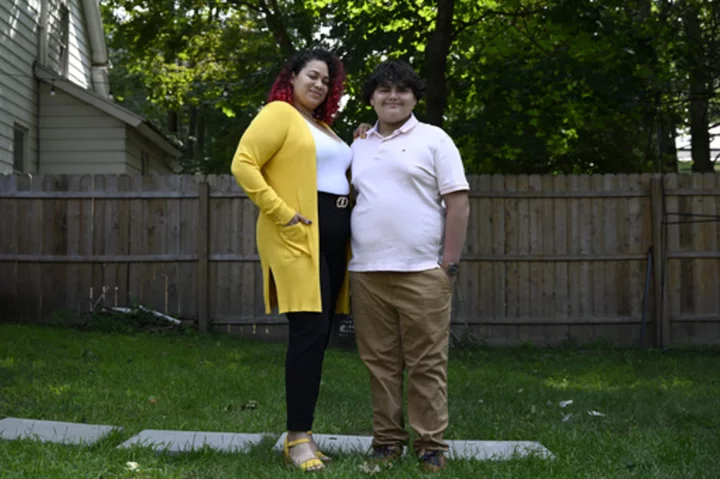
Millions of kids are missing weeks of school as attendance tanks across the US
Nationwide, students have been absent at record rates since schools reopened after COVID-forced closures
2023-08-11 12:28
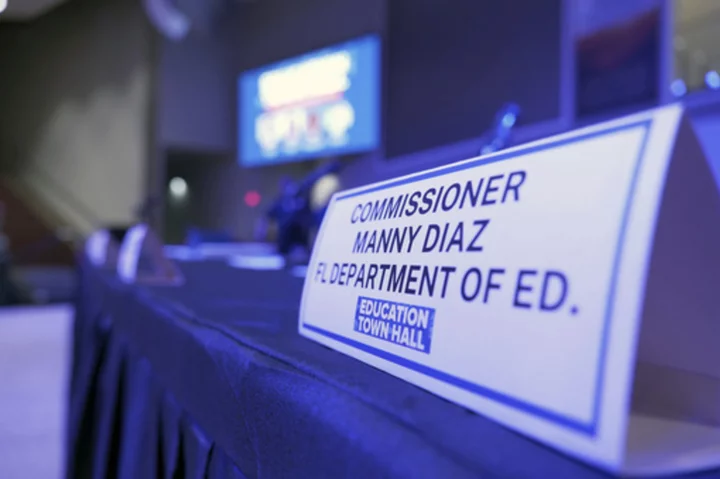
Florida education commissioner skips forum on criticized Black history standards
Lawmakers, teachers, school board members and parents crowded into a South Florida church for a forum on Florida’s new standards for teaching Black history
2023-08-11 08:56

One of the largest banyan trees in the US and a 200-year-old church are among the beloved landmarks imperiled by Maui's wildfires
The disastrous wildfires in Maui have ransacked virtually every aspect of life, killing at least three dozen people while scorching or imperiling buildings important to Hawaiian history, as well as a majestic tree known as a symbol of the island's culture.
2023-08-11 08:49
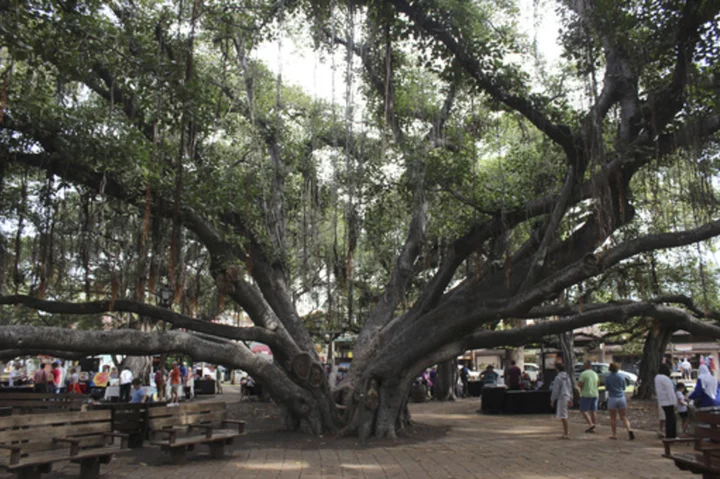
Ring by ring, majestic banyan tree in heart of fire-scorched Lahaina chronicles 150 years of history
For generations, the banyan tree along Lahaina town’s historic Front Street served as a gathering place
2023-08-11 06:58
